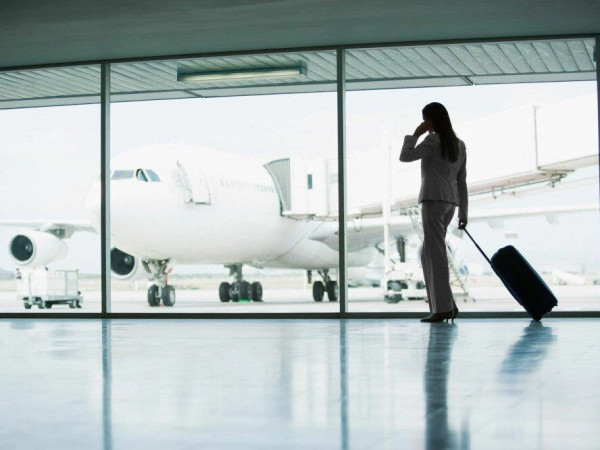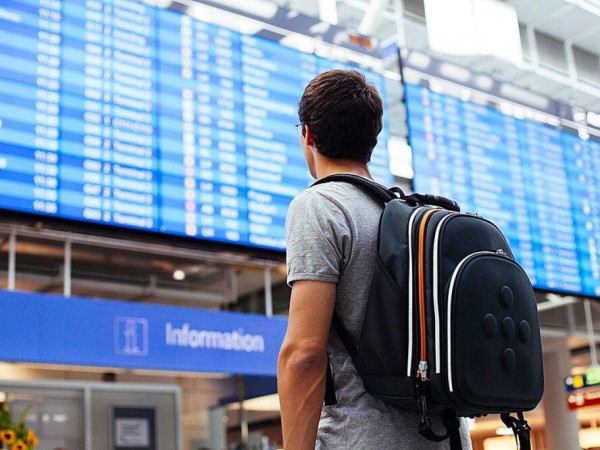Passenger traffic fell in February 2021, both compared to pre-COVID levels (February 2019) and compared to the immediate month prior (January 2020), the International Air Transport Association (IATA) announced.
Total demand for air travel in February 2021 (measured in revenue passenger kilometers or RPKs) was down 74.7% compared to February 2019. That was worse than the 72.2% decline recorded in January 2021 versus two years ago.
Because comparisons between 2021 and 2020 monthly results are distorted by the extraordinary impact of COVID-19, unless otherwise noted all comparisons are to February 2019, which followed a normal demand pattern.
International passenger demand in February was 88.7% below February 2019, a further drop from the 85.7% year-to-year decline recorded in January and the worst growth outcome since July 2020. Performance in all regions worsened compared to January 2021.
Total domestic demand was down 51.0% versus pre-crisis (February 2019) levels. In January it was down 47.8% on the 2019 period. This largely was owing to weakness in China travel, driven by government requests that citizens stay at home during the Lunar New Year travel period.
“February showed no indication of a recovery in demand for international air travel. In fact, most indicators went in the wrong direction as travel restrictions tightened in the face of continuing concerns over new coronavirus variants. An important exception was the Australian domestic market. A relaxation of restrictions on domestic flying resulted in significantly more travel. This tells us that people have not lost their desire travel. They will fly, provided they can do so without facing quarantine measures,” said Willie Walsh, IATA’s Director General.
Asia-Pacific airlines’ February traffic was down 95.2% compared to February 2019, little changed from the 94.8% decline registered for January 2021 compared to January 2019. The region continued to suffer from the steepest traffic declines for an eighth consecutive month. Capacity was down 87.5% and the load factor sank 50.0 percentage points to 31.1%, the lowest among regions.
European carriers recorded an 89.0% decline in traffic in February versus February 2019, substantially worse than the 83.4% decline in January compared to the same month in 2019. Capacity sank 80.5% and load factor fell by 36.0 percentage points to 46.4%.
Middle Eastern airlines saw demand fall 83.1% in February compared to February 2019, worsened from an 82.1% demand drop in January, versus the same month in 2019. Capacity fell 68.6%, and load factor declined 33.4 percentage points to 39.0%.
North American carriers’ February traffic sank 83.1% compared to the 2019 period, a deterioration from a 79.2% decline in January year to year. Capacity sagged 63.9%, and load factor dropped 41.9 percentage points to 36.7%.
Latin American airlines experienced an 83.5% demand drop in February, compared to the same month in 2019, markedly worse than the 78.5% decline in January 2019. February capacity was 75.4% down compared to February 2019 and load factor dropped 26.7 percentage points to 54.6%, highest among the regions for a fifth consecutive month.
African airlines’ traffic dropped 68.0% in February versus February two years ago, which was a setback compared to a 66.1% decline recorded in January compared to January 2019. February capacity contracted 54.6% versus February 2019, and load factor fell 20.5 percentage points to 49.1%.















